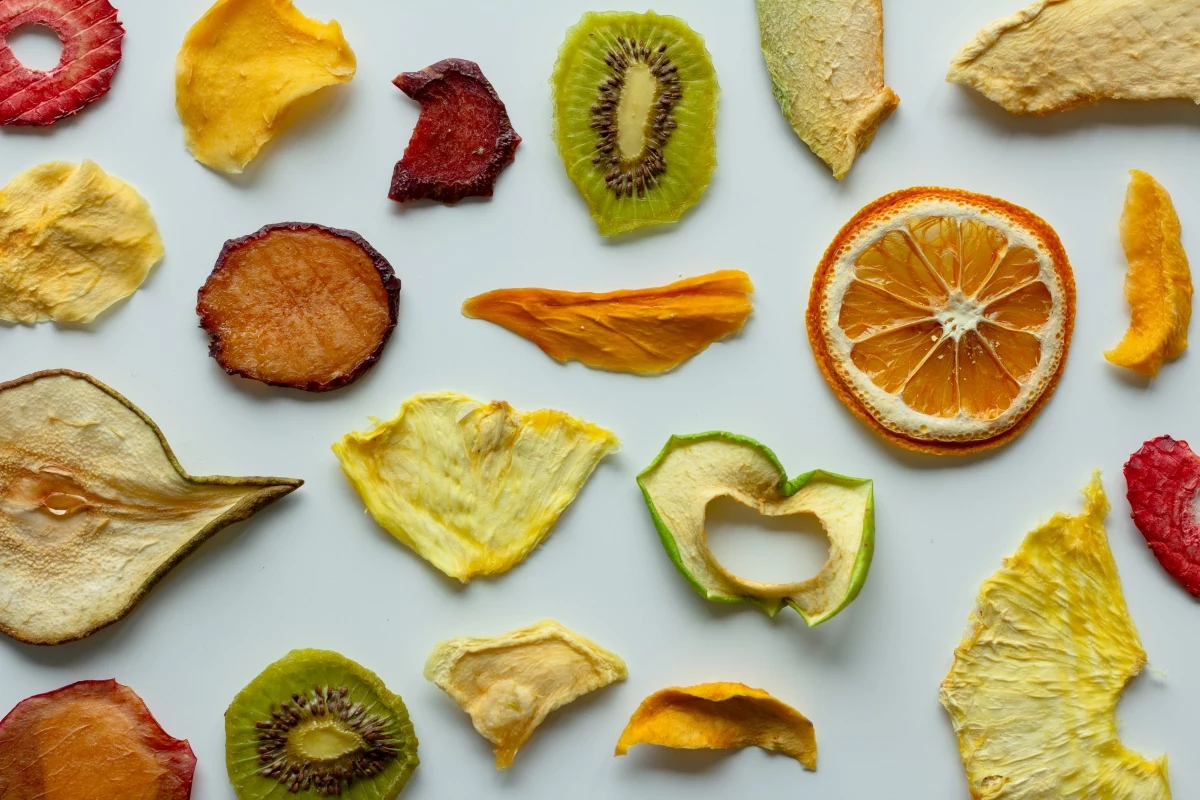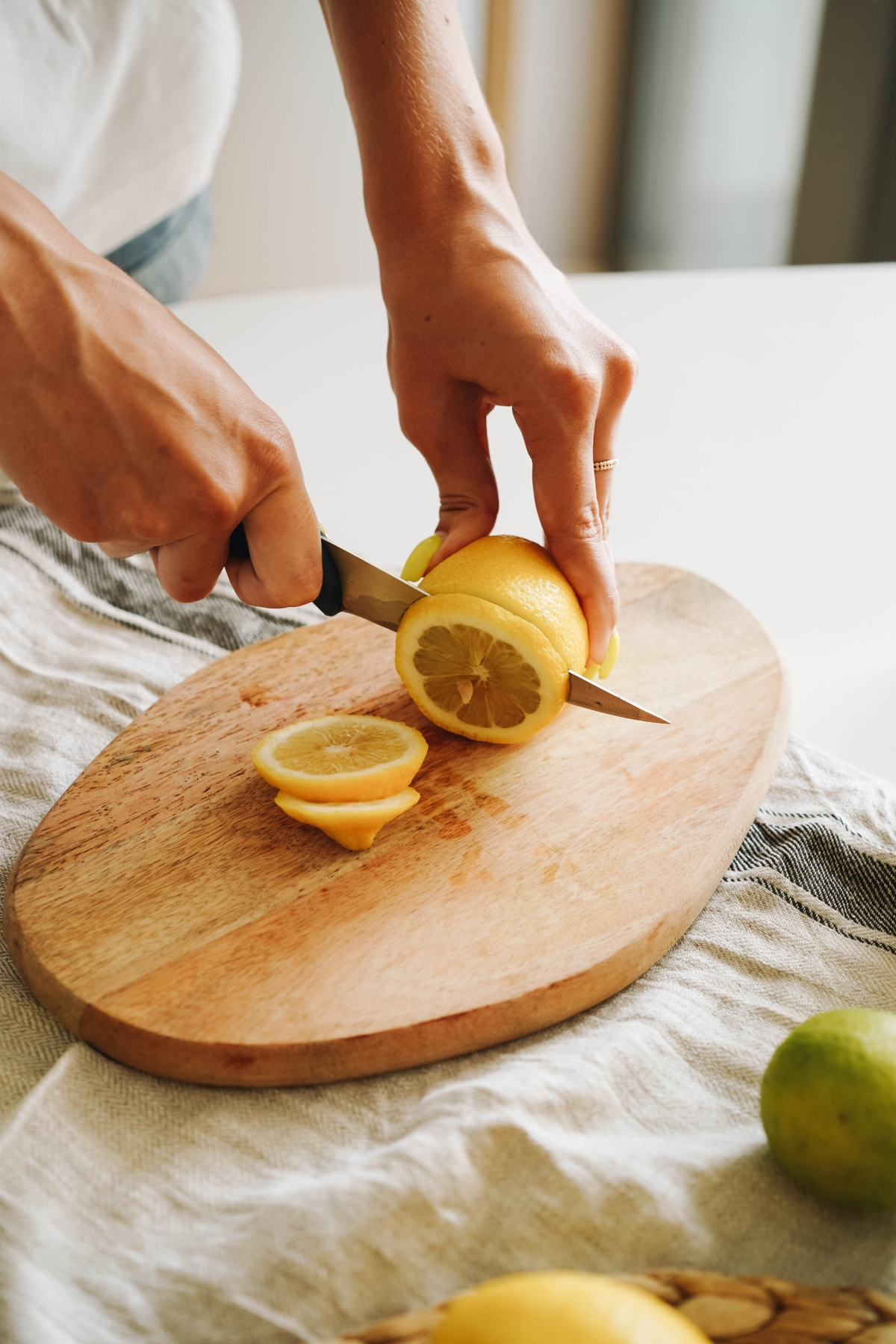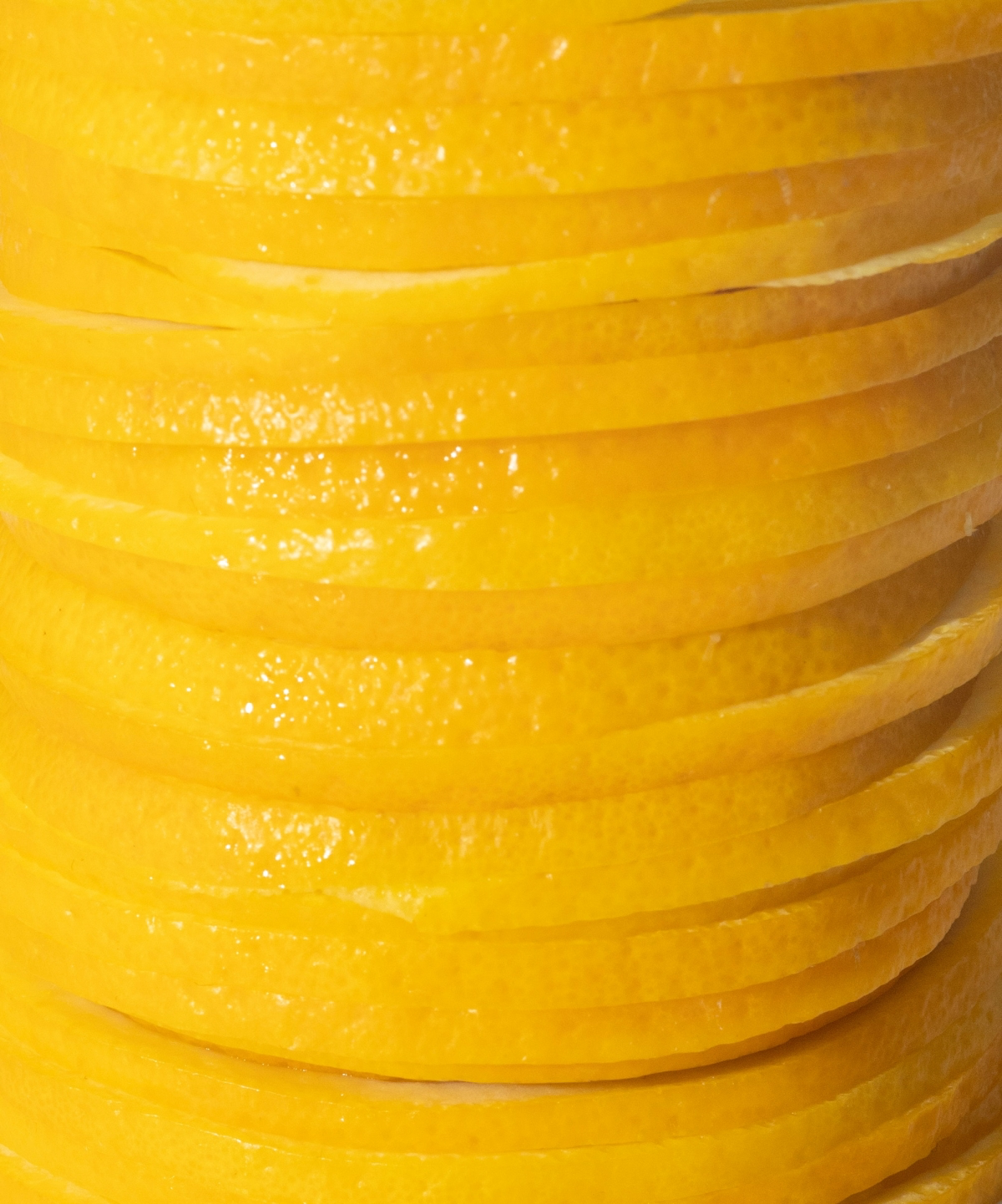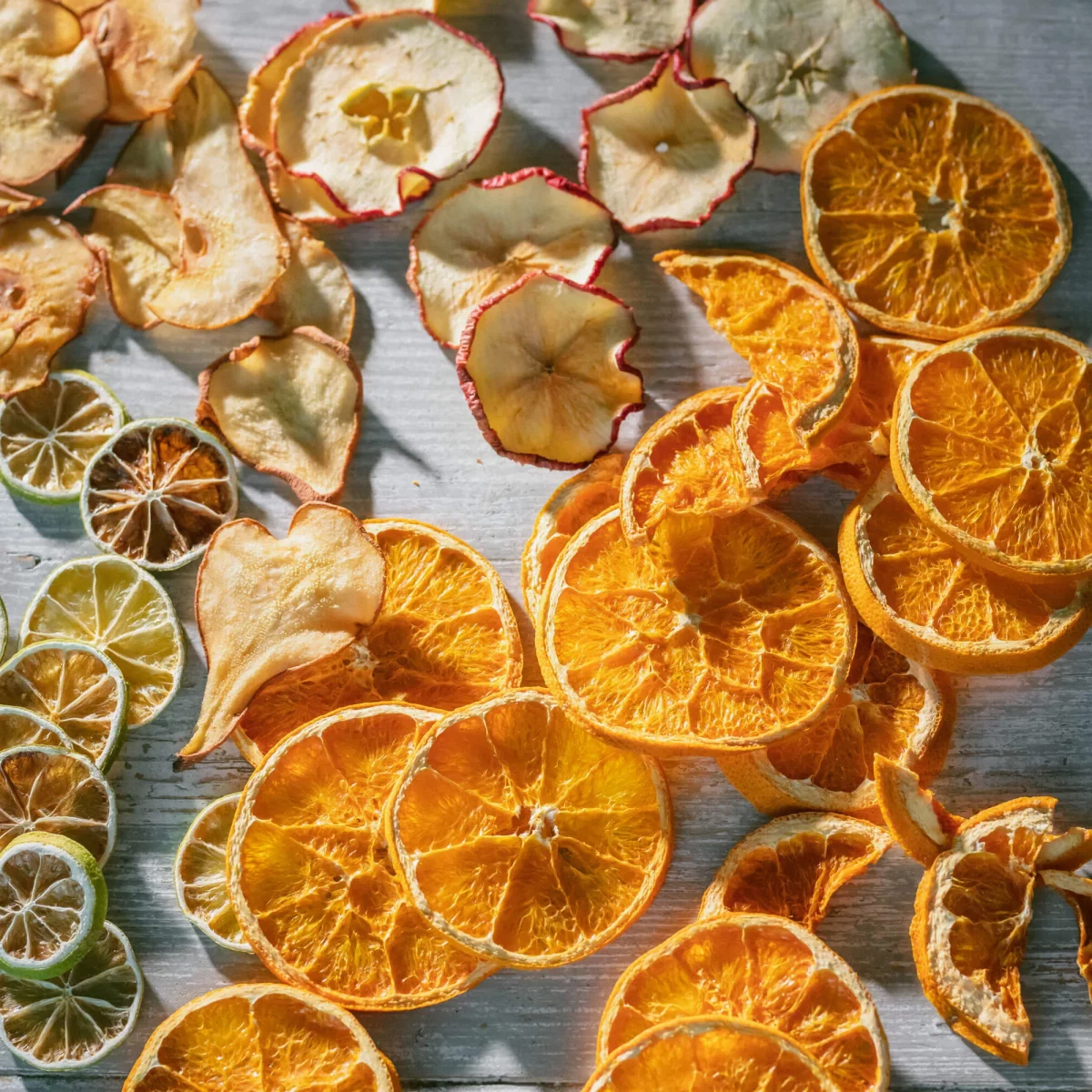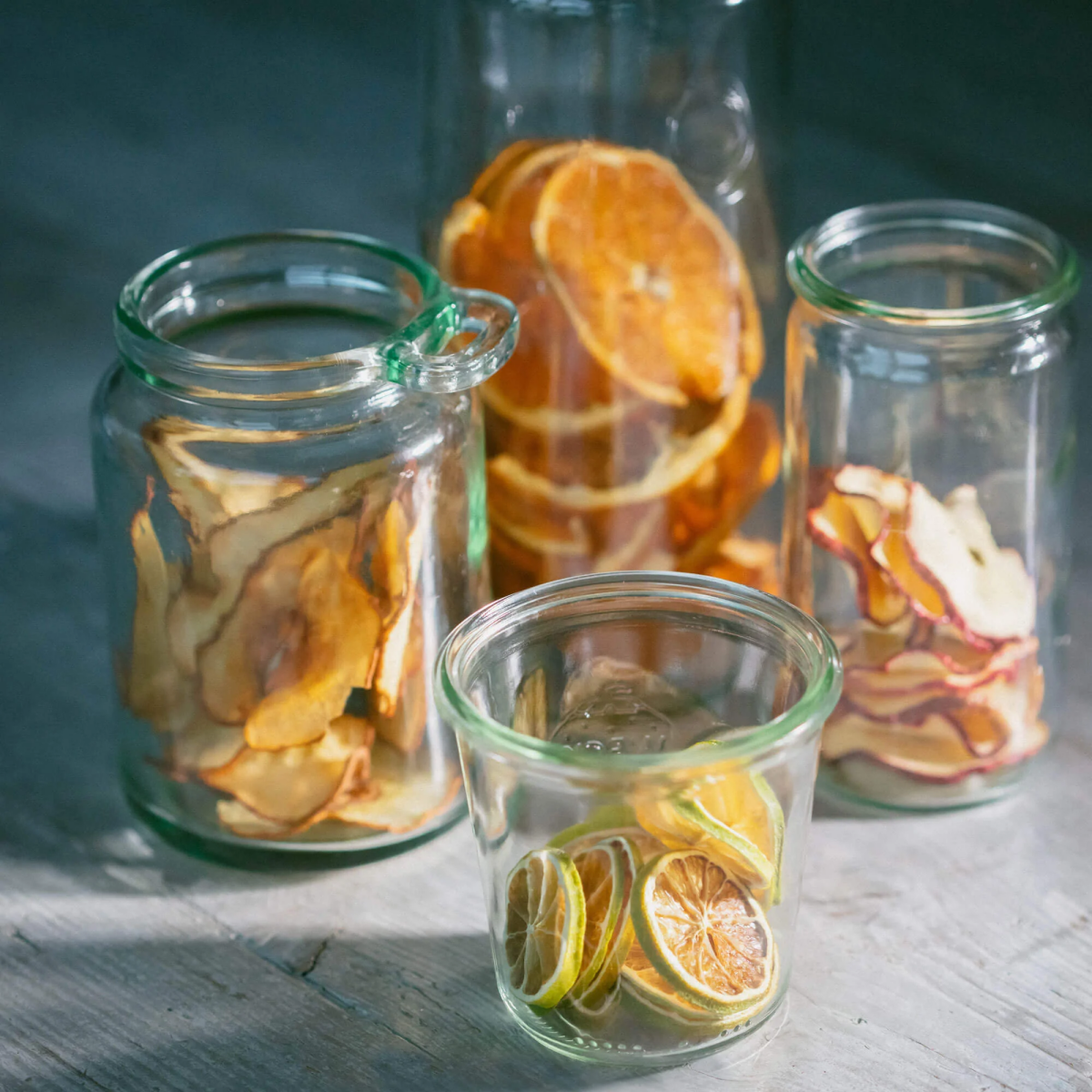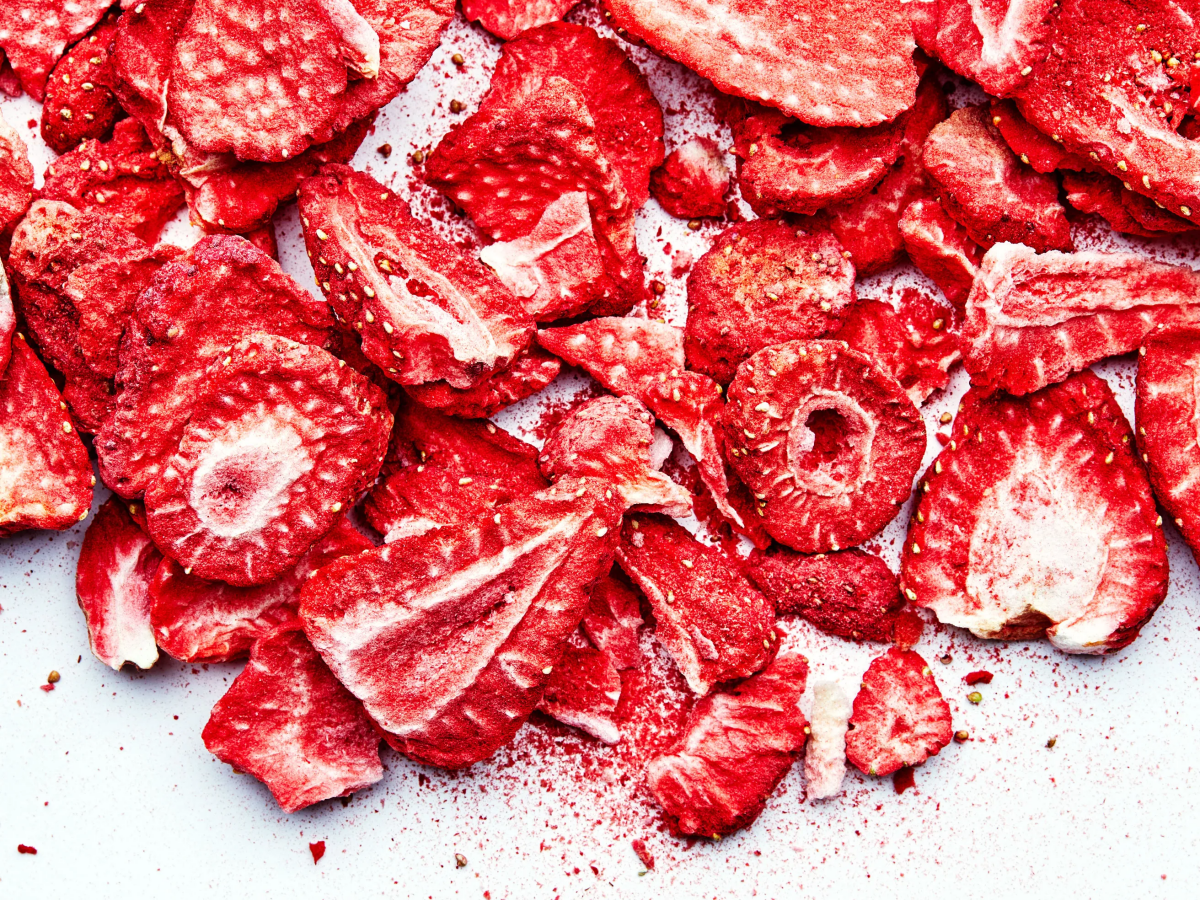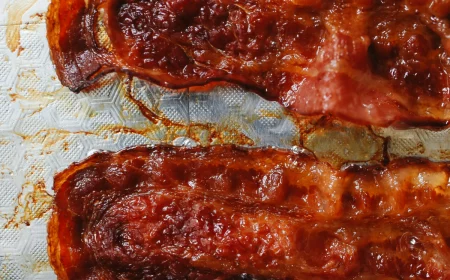How to Easily Dehydrate Fruits at Home: Ultimate Guide
Bananas, strawberries, apples, peaches, kiwis, mangoes, figs and plums. Do you know what they all have in common? You can actually dehydrate all these fruits at home and enjoy them as delicious and nutritious snacks. Dehydrated fruits have many benefits, as they provide a lot of the vitamins, minerals, and fiber found in fresh fruit, but in more concentrated amounts. By eliminating the water, dehydrated fruit become a high-energy food and an ideal sweet treat to replace candy and refined sugar. In this guide, we will show you how to easily dehydrate fruits at home, so you can take advantage of their benefits and sweet taste!
This is your ultimate guide for how to easily dehydrate fruits at home
Dehydrated fruits provide a lot of the vitamins, minerals, and fiber found in fresh fruit
In this article
How to Easily Dehydrate Fruits at Home: Ultimate Guide
You can dry and dehydrate many types of fruit! However, some of them contain more water than others and can take longer to dehydrate. This is the case with fresh berries like strawberries and blueberries. That is why it is best to work in batches and dry each type of fruit separately. Let’s take a look at the methods for dehydrating fruits at home:
Methods For Dehydrating Fruits
Before we show you the most common methods for dehydrating fruits, you need to know one thing – the thinner a fruit is sliced, the faster it dries and the crisper it becomes. Dehydrating fruit is not complicated, but it does take a little time and effort. The more hours that pass, the more water the fruit will lose. Working at a higher temperature significantly shortens the time of the whole process, but also increases the risk of baking, cooking or burning the fruit. And that is not the result you are looking for with dehydration. In addition, the loss of some vitamins is also higher if you are being hasty.
Dehydrating fruit is not complicated, but it does take a little time and effort
The thinner a fruit is sliced, the faster it dries and the crisper it becomes
#In The Oven
To dehydrate fruits in the oven, you can actually just place а fruit of your choice on a tray lined with paper and pop it in the oven. To start, first wash the fruit well, and be careful not to break or tear it. Then remove the seeds, if any, as well as the stems and leaves. Then cut into evenly sized pieces or slices and place them on the baking tray, leaving a little space between them. If your oven has a fan, it is best to use this mode to provide air circulation. Otherwise, open the door occasionally to remove some of the moisture. The approximate time for good results with this method is between 6 and 10 hours. This all depends a lot on the type of fruit, the way it was cut and the final texture you want to achieve.
You can make dehydrated fruits in the oven in a couple of hours
It all depends on the type of fruit and the texture you want to achieve
#In The Microwave
This is the quickest method for dehydrating fruits, but it possesses a higher risk of burning the fruit. Again you need to select, wash and dry the desired fruit first. Then cut in half or thin slices and place in a microwave-safe container. You will need to spread the slices out to avoid crowding in the dish. Do not mix different types of fruit! It is much better to do them in separate batches. After that, program a time of approximately 30 to 45 minutes in the defrost function. This way it is easier to avoid burning.
There is a higher risk of burning your fruits in the microwave is not careful
#In The Sun
This is the oldest and tastiest way to easily dehydrate fruit. However, controlling the end result is tricky, as it depends a lot on the weather conditions. To carry it out, you will need to prepare the fruit slices and place them on a board or baking paper. Cover with fine mosquito netting to avoid contact with insects and other bugs and animals. Then place the fruit slices on a balcony, terrace, or patio where it can receive direct sunlight and is well ventilated. The ideal temperature is around 30 degrees Celsius, and you will need to turn the fruit every 12 hours. In this case, the drying of the fruit can take between 2 and 5 days. In addition, it is advisable to bring the fruits back into the house at night.
This is the oldest and most delicious method for dehydrating fruit
How to Store Dehydrated Fruits
The process of dehydration is an amazing way of extending the shelf life of fresh fruit. Once the process is complete and the fruits are stored well, they can last for weeks or even months in good condition. Here is how to store them:
- Before canning, it is important to let the fruit cool completely. Fruit that is still warm releases moisture, and this makes it easier for mold to form.
- Pack in clean, dry containers. Glass jars, plastic jars or freezer bags with zippers are best. Another good option is vacuum packaging.
- Fill the containers tightly with the fruit, but without crushing it. Keep in mind that each time they are opened, air and humidity can spoil the contents.
- Store in a dry, dark and cool place. Under these conditions, the shelf life varies between 4 months and 1 year.
- Check canned foods occasionally for moisture. In this case, food in good condition can be re-dried.
These storage tips will make your dehydrated fruits last for weeks and weeks
Tips & Tricks
- Before you begin the dehydration process, be sure to wash and dry the fruit and cut it into uniform sizes (halves or slices).
- Some fruits, such as pears or apples, may darken when dried. To avoid this, you can sprinkle them with a little lemon juice.
- It is important to keep an eye on the fruits from time to time to prevent them from burning.
- If the fruits don’t dehydrate evenly, flip them occasionally.
Soon you will become a master at dehydrating and preserving fruits
Now you know how to easily dehydrate fruits at home! Remember, the end result is a matter of time, humidity, and temperature. You may suffer some setbacks in the beginning, but don’t get discouraged. With a little patience and mastery of technique, you will soon succeed.
Now you know how to dehydrate any fruit at home!
